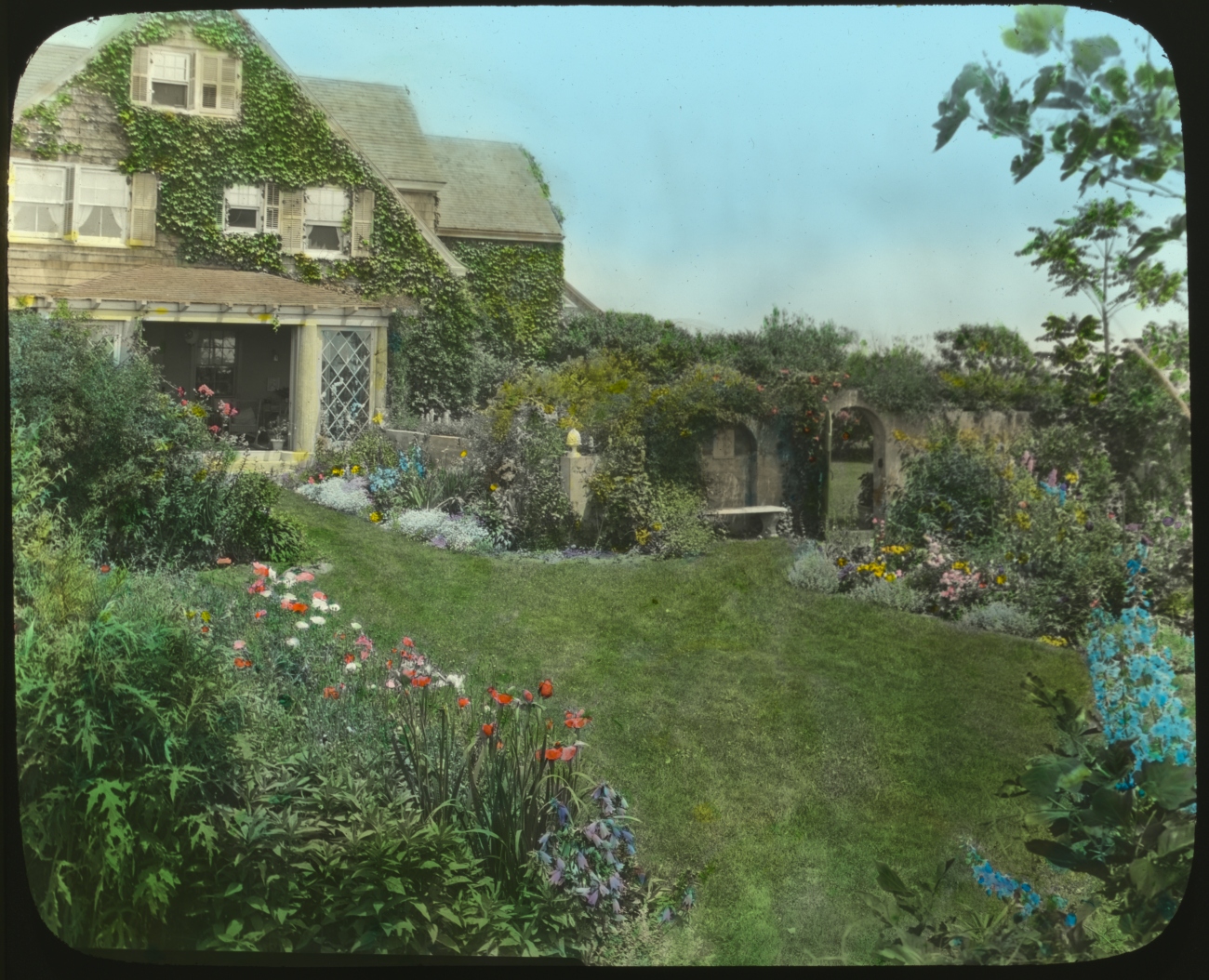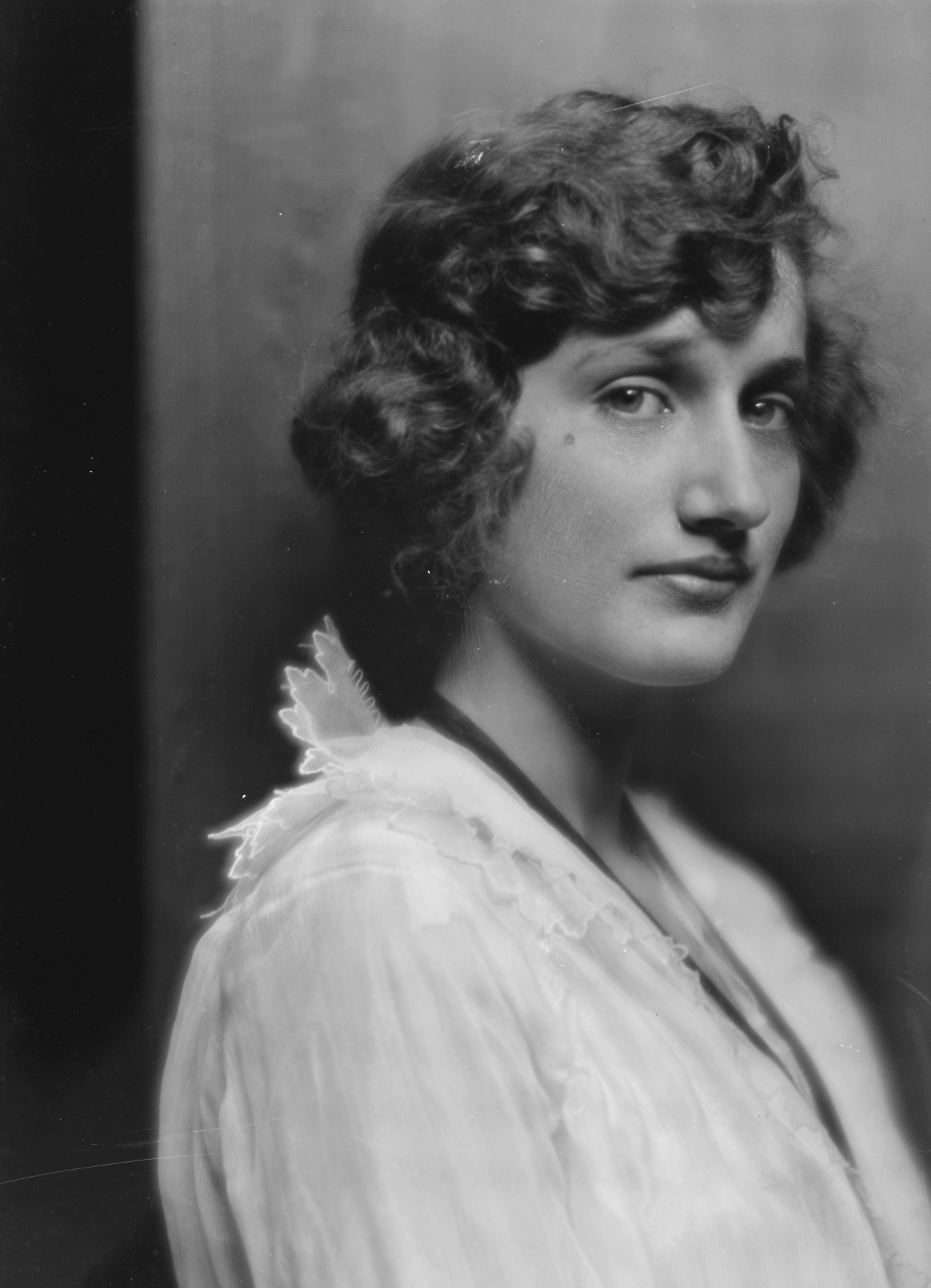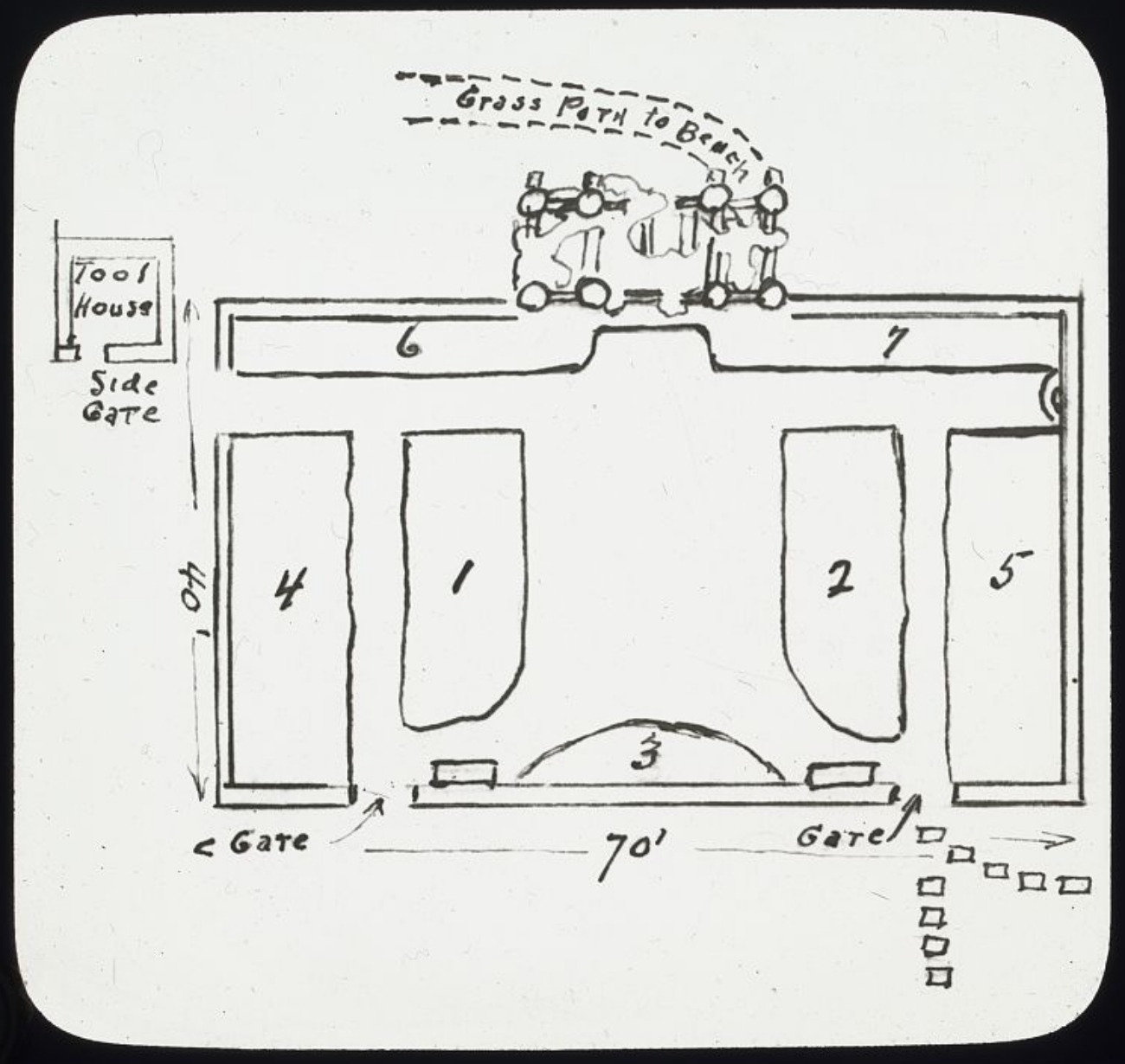Grey Gardens During and After the Beales
The house has been through some very drastic changes over the decades.
Anyone who’s ever seen any of the footage from Albert and David Maysles about Grey Gardens will be forever haunted by the images of raccoons crawling through open ceilings, falling moldings, and a general presence of dirt and disrepair in every single room of the once-grand 1897 seaside house. This area of the Hamptons in New York was and still is known for its wealthy residents, some of whom are only there in the warm months. But, the Beales lived there year-round.

The Beales lived at the Grey Gardens seaside estate for many decades, even after the main breadwinner left the family with no means to properly maintain the house. You can see some glorious photos of what the place was like in the 1910s here. Back then it was known as the Robert Carmer Hill house and it was a far cry from what the world saw in the 1975 documentary Grey Gardens.
Edith Beale (Big Edie) and her daughter, Edith (Little Edie), had no knowledge of how to care for a home as they had previously been accustomed to servants and groundskeepers as part of their upper crust lifestyle. When all that was gone the house and the surrounding grounds quickly fell into ruin even though they still lived there. There is some speculation that their mental illness may have played a role in the separation of the pair from their immediate family members, which left them with little money.

Big Edie was the aunt of Jaqueline Kennedy Onassis and Little Edie was Jackie’s cousin. After the Edies were threatened with eviction for how filthy their home was national attention focused on the house and Jackie and her sister Lee Radziwill funded a clean-up project. When the documentary Grey Gardens was released in 1975 it showed how the pair still lived in complete squalor.
Big Edie died in 1978 as she had been in poor health for some time. After years of feeling confined to that big, old house, Little Edie sold it to buyers who promised not to tear down the house- as was her mother’s wish. Despite the squalid conditions that they lived in, Big Edie loved the house in her own way, and wanted to see it continue on instead of being demolished. Big Edie must have known deep down how bad the damage to the house really was, despite playing it off for the cameras in Grey Gardens.
Little Edie did a night club act and traveled in her later years, settling down in Florida where she died in 2002. The couple who bought the house were Ben Bradlee and Sally Quinn, who spent years fixing up the many broken, molded, crumbling, smelly, and otherwise un-useable spaces of the house to close to their original design and condition.

The buyers were dedicated in their efforts to bring the house back to beauty and this included excavating original furniture and decor items from the attic to use in the newly-finished rooms. This commitment shows through in the photos of the home post-restoration. Lots of pastel colors and wicker furniture bring to mind how summer-y this ocean side home must have felt in the 1920s when the Beales first moved in.
See how Grey Gardens looked before and after the restoration. The afters are almost unbelievable!
SKM: below-content placeholderWhizzco for DOT

